1. A&P
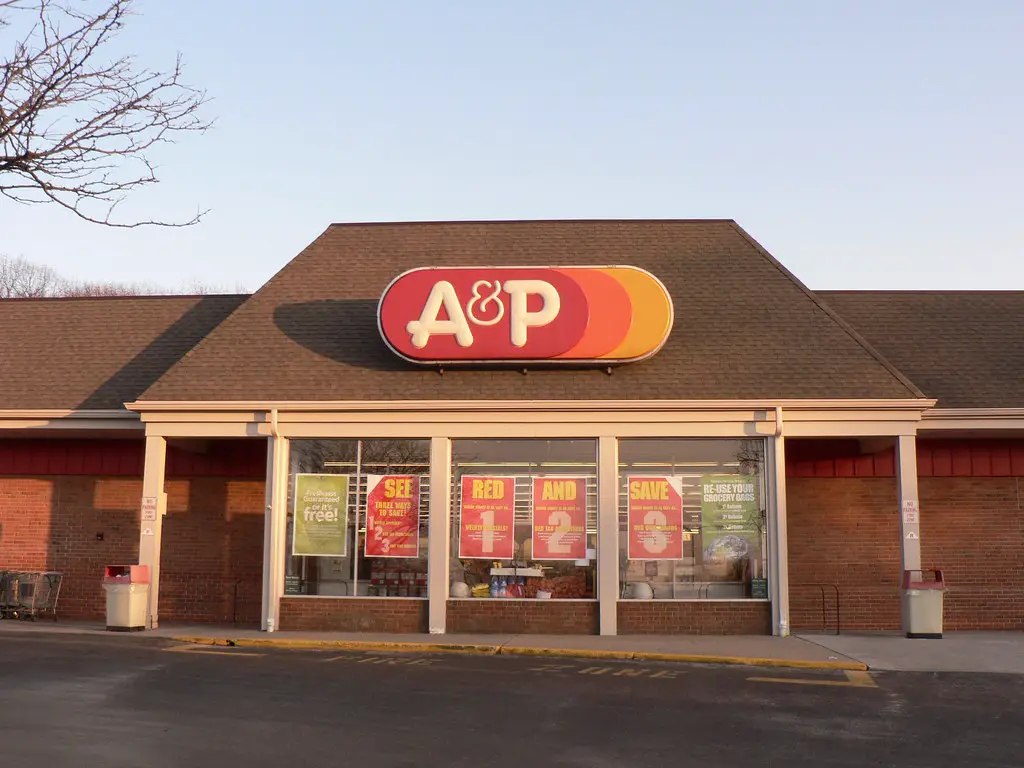
A&P, once a titan of the grocery world, was the place where many families shopped for decades. Founded in the 1800s, it grew into one of the largest supermarket chains in the U.S., with thousands of locations at its peak. The name alone carried weight, standing for The Great Atlantic & Pacific Tea Company. But as competition from modern grocery stores ramped up, A&P struggled to keep up with changing times. Their stores started feeling outdated, and customer loyalty wasn’t enough to keep them afloat shares Yahoo.
By the early 2000s, financial troubles mounted, leading to multiple bankruptcy filings. They tried to rebrand and stay relevant, but it was too late. The final A&P locations shut their doors in 2015, marking the end of an era. While a few brands associated with A&P, like Eight O’Clock Coffee, still exist, the once-dominant supermarket chain is now just a piece of grocery store history.
2. Safeway (Eastern U.S. Locations)
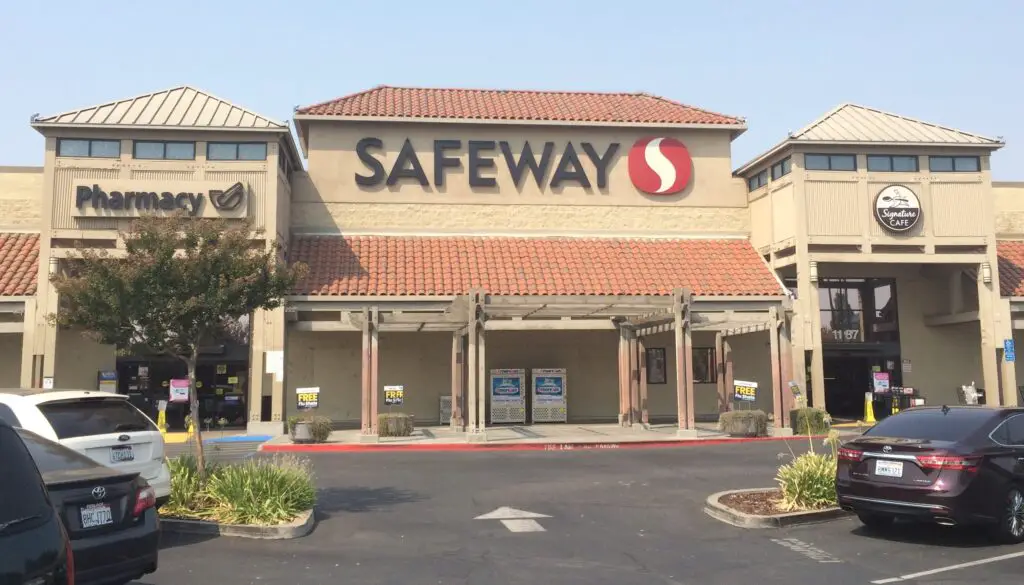
Safeway is still around on the West Coast, but its presence in the Eastern U.S. is long gone. For years, shoppers in places like Washington, D.C., and Philadelphia relied on Safeway for their weekly grocery runs. The stores had a solid reputation, offering affordable prices and quality products. However, in the late ’90s and early 2000s, Safeway decided to pull out of the Eastern market. They sold off many of their locations to other supermarket chains, leaving behind empty buildings and confused customers adds Newsweek.
Some stores were taken over by Giant or Harris Teeter, while others were simply abandoned. While West Coast shoppers can still find a Safeway nearby, those on the East Coast can only reminisce about the once-familiar red-and-white logo. Even though the company itself is still thriving, its disappearance from the Eastern U.S. is a reminder that even big grocery chains aren’t immune to shifting markets.
3. Alpha Beta
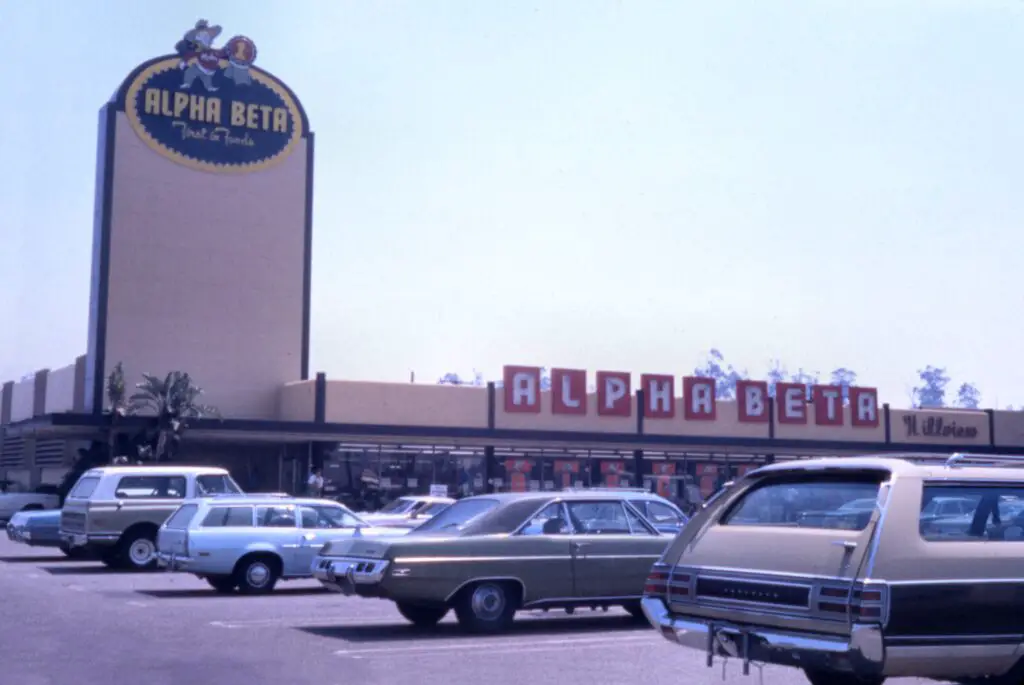
Alpha Beta was a well-known grocery chain primarily found in California and the Southwest. The name itself was a clever nod to the alphabetical arrangement of their products, something that once set them apart. At its height, it was a go-to spot for fresh produce, meats, and everyday essentials. But in the ’80s, the chain started facing stiff competition from larger retailers like Ralphs and Vons. Over time, it became harder for Alpha Beta to keep up with the bigger names in the industry says Tasting Table.
The brand was eventually sold off, and many stores were converted into Ralphs locations. By the early ’90s, Alpha Beta had completely disappeared, and now only longtime residents remember the store that once lined so many shopping centers. It’s yet another example of a beloved grocery chain that couldn’t withstand the ever-changing retail landscape.
4. Grand Union
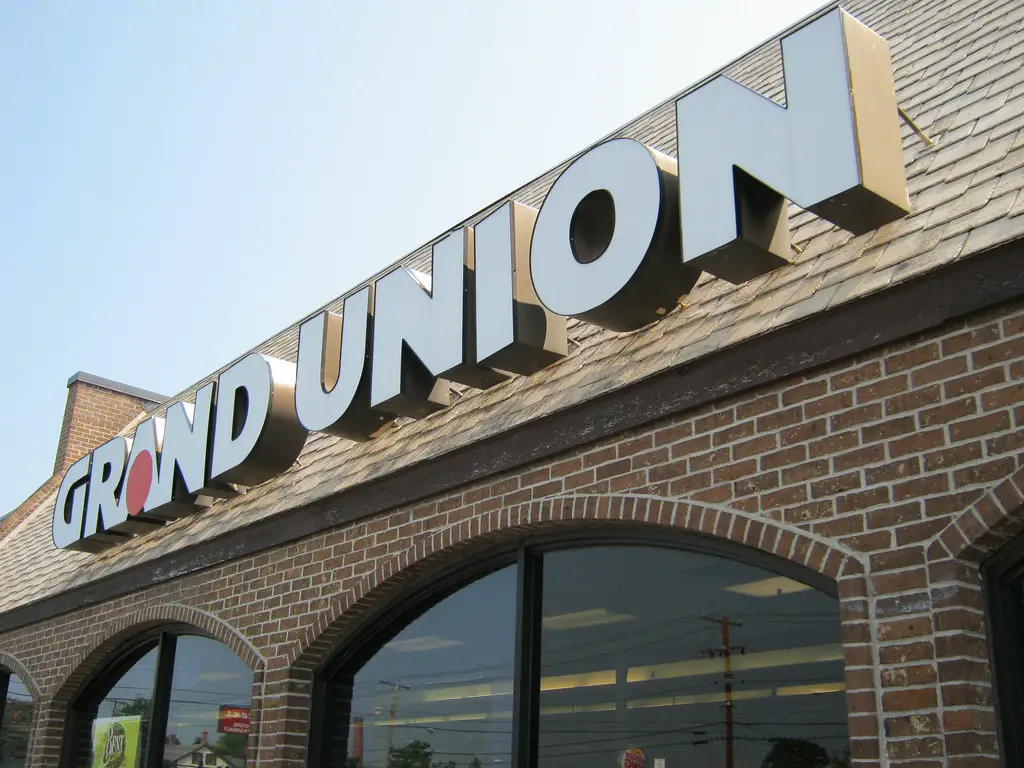
Grand Union had a long run, serving customers for more than a century before fading away. It started in the Northeast and was once a major player in the supermarket business. The chain was known for its friendly service and neighborhood feel, which kept shoppers coming back. But as grocery giants like Walmart and Target expanded into the food market, Grand Union found it harder to compete. Financial troubles led to multiple ownership changes, and stores began closing at an alarming rate.
By the early 2000s, the once-beloved chain was no more, with most locations either shuttered or converted into other brands. A few stores tried to make a comeback, but the magic was gone. While some Grand Union locations were briefly revived under different owners, the brand never regained its former glory.
5. Pathmark
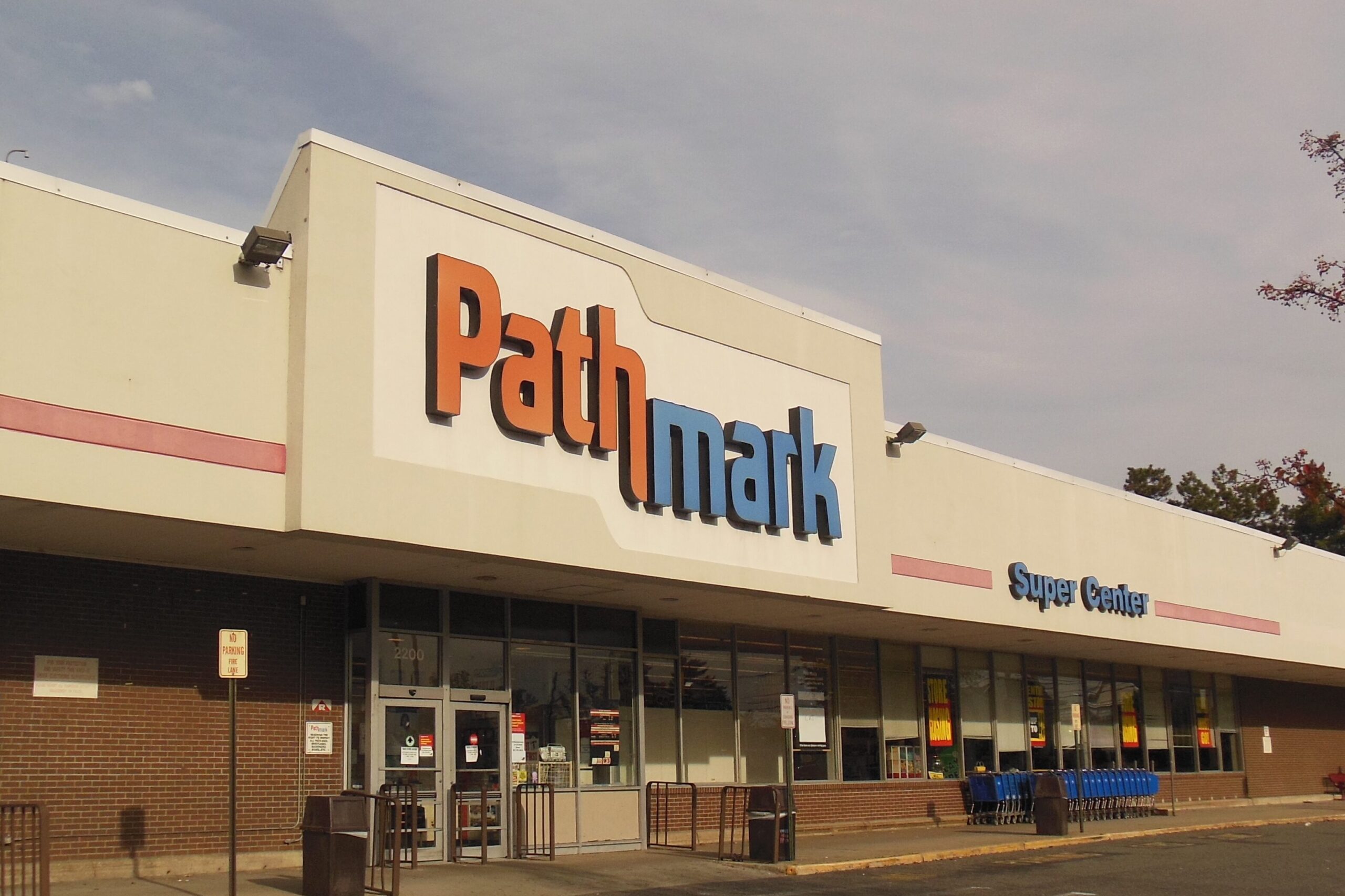
For decades, Pathmark was a go-to supermarket in the Northeast, known for its no-frills approach and solid selection. It wasn’t the fanciest grocery store, but it got the job done with good deals and familiar staples. The chain thrived through the ’70s and ’80s, but things started to change as bigger competitors moved in. Walmart and other big-box stores began offering groceries at lower prices, making it hard for Pathmark to keep up.
In 2007, the company was bought out by A&P, which was already struggling financially. When A&P went under in 2015, Pathmark stores went with it. A few stores made a brief return under new ownership, but it wasn’t enough to bring the brand back to life. Now, Pathmark is just another name on the long list of grocery stores that couldn’t survive in a changing industry.
6. Farmer Jack
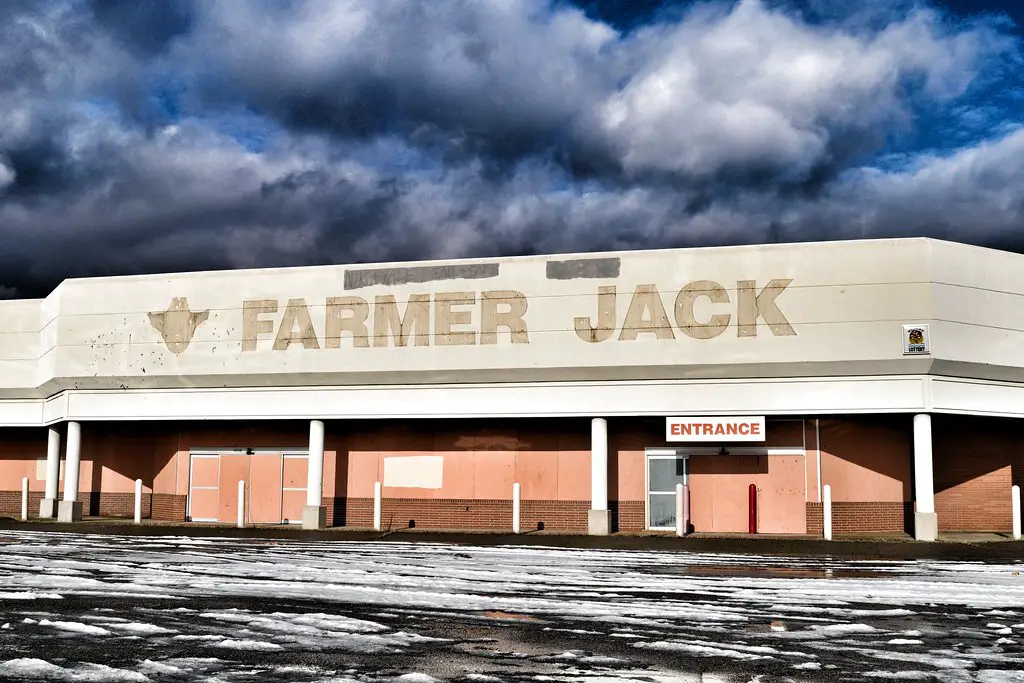
Michigan shoppers once relied on Farmer Jack for their weekly grocery hauls, but the chain is now just a memory. Founded in the ’20s, it grew into a well-known brand in the Midwest, especially in Detroit. The stores were known for their fresh produce and community-friendly feel. However, in the early 2000s, the grocery landscape began shifting, and Farmer Jack couldn’t keep up. Parent company A&P, which also owned Pathmark, was struggling financially.
In 2007, they made the decision to shut down all Farmer Jack locations. Some stores were sold to other chains like Kroger, but the Farmer Jack name disappeared entirely. Now, all that remains are nostalgic stories from shoppers who remember the once-thriving chain.
7. National Tea
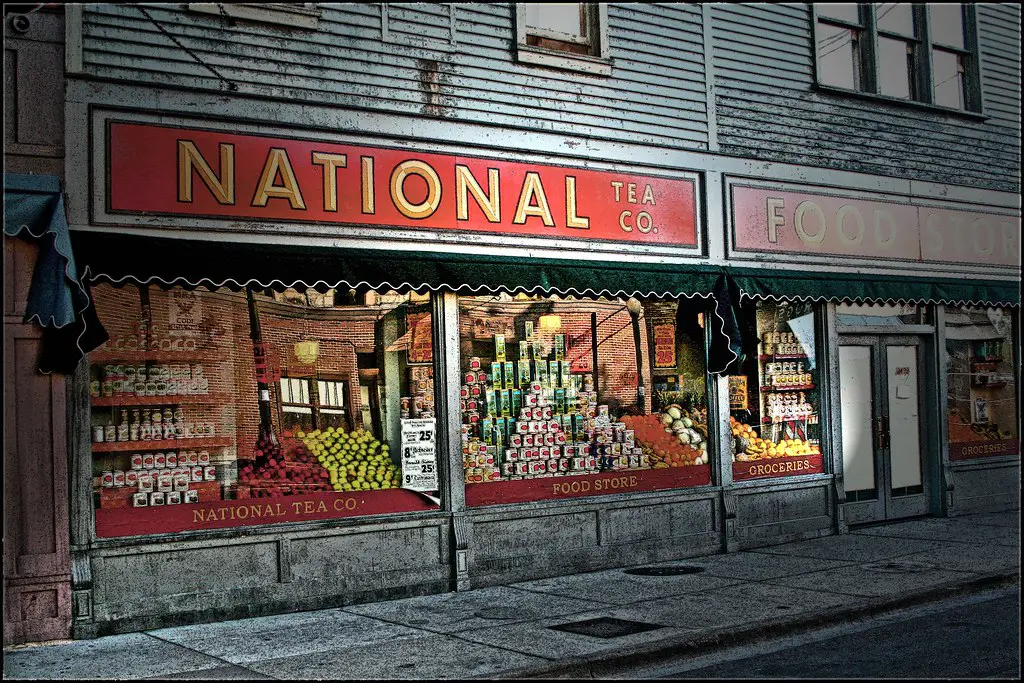
National Tea was once a household name in the Midwest, with stores scattered across states like Illinois and Missouri. It started in the late 1800s and became one of the largest supermarket chains in the country. But by the ’70s, the grocery industry was changing fast, and National Tea struggled to keep up. Larger chains like Kroger and Jewel-Osco offered more modern shopping experiences, leaving National Tea behind.
The company tried to restructure and stay relevant, but it wasn’t enough. One by one, locations shut down or were sold off to other retailers. By the ’90s, National Tea had completely vanished, leaving behind only old grocery bags and faded memories.
8. Food Fair/Pantry Pride
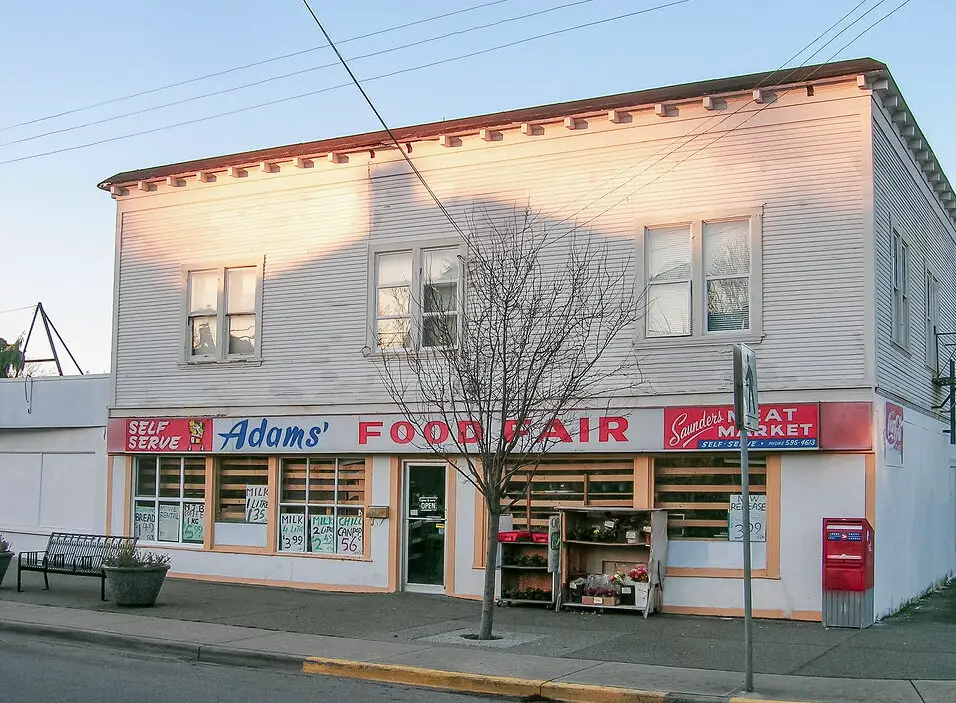
Food Fair, later known as Pantry Pride, was a popular grocery chain in the mid-20th century. It started strong, expanding rapidly and offering customers everything they needed at reasonable prices. But trouble began in the ’70s when mismanagement and financial struggles took their toll. The company tried rebranding as Pantry Pride, but it wasn’t enough to turn things around.
By the ’80s, the chain was shrinking fast, and locations were being sold off. Some stores were taken over by brands like Acme and Safeway, while others simply shut their doors for good. By the end of the decade, what was once a thriving grocery empire had all but disappeared.
9. Delchamps
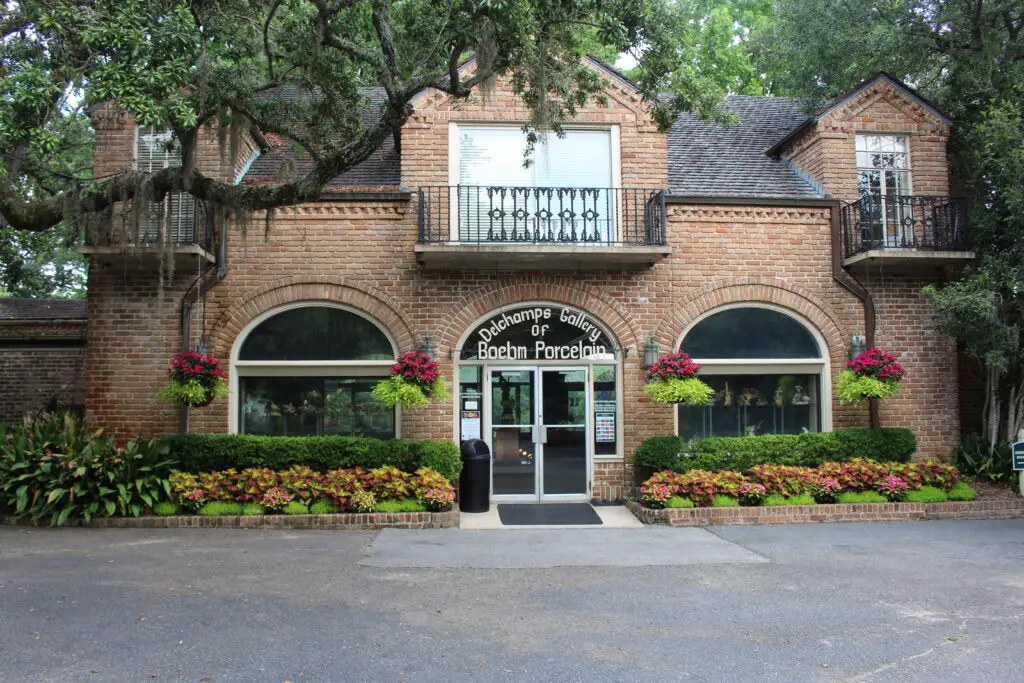
Delchamps was once a big name in the Southern U.S., particularly in Alabama, Mississippi, and Louisiana. The chain had a loyal customer base, known for its friendly service and well-stocked shelves. But by the ’90s, the competition was getting fierce, with Walmart Supercenters and other big-box retailers taking over. Delchamps tried to hold on, but financial struggles made it harder to stay afloat.
In 1997, the company was sold to Jitney Jungle, another regional chain. Unfortunately, Jitney Jungle also faced financial troubles, leading to the closure or rebranding of Delchamps stores. Today, only longtime Southerners remember the once-popular grocery chain.
10. Winn-Dixie (Disappearing in Some Areas)
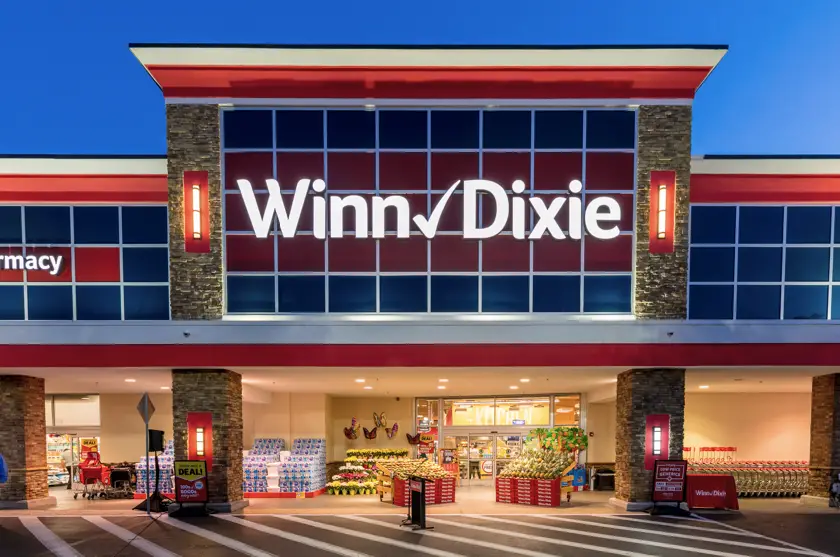
Winn-Dixie hasn’t vanished entirely, but it’s been disappearing from many areas where it was once a staple. The chain was a major player in the South for decades, known for its budget-friendly prices and bright red signage. But in recent years, competition has pushed Winn-Dixie into tough territory. The company has gone through bankruptcy and multiple ownership changes, leading to store closures across various states.
Some locations have been bought out by other chains, while others were simply shut down. While Winn-Dixie still operates in some areas, its footprint is shrinking. Many longtime customers now have to shop elsewhere, wondering if their local Winn-Dixie will be next to disappear.
